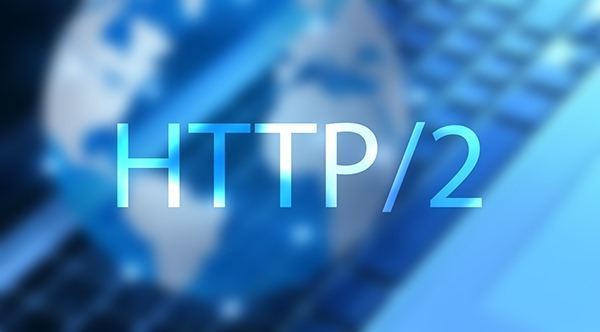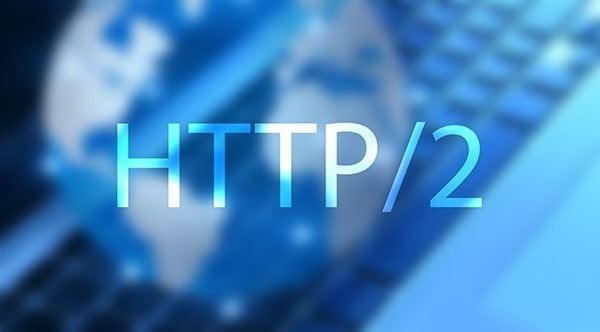

There’s actually no need to be nervous. The protocol thing is transparent to most people who browse the web. When browsing, what most people need to remember is three ‘w’s, a dot and the site’s name for example, WWW.EXAMPLE.COM. The three ‘w’s are even optional nowadays in modern browsers. Notice that after typing in the site name and getting into the website, a quick look at the URL or web address, you’ll see ‘http://www.example.com’. Notice the following characters before the three ‘w’s: ‘HTTP://’. HTTP stands for HyperText Transfer Protocol. Protocols are basically a set of rules that say how information is transferred from one computer to another; in this case, how a web server transfers its information to your computer via the internet. It’s implied in HTTP/2 that the HTTP version is 2. The current version, HTTP/1.1 has been in use since 1999. In the tech world, that is quite ancient but it lasted so long because it’s reliable much like the Golden Gate Bridge. But it’s the tech world and we need improvement and innovation fast. We need to move on from the old HTTP.
With faster and faster broadband, why should we bother changing what works? Even though major US cities enjoy an average bandwidth of 25Mbps, the rest of the world can’t or won’t be able to keep up for the foreseeable future, but still need to use the web like everyone else. If we can’t speed up a semi-truck by adding more horsepower, we can add a spoiler on top of the cab to make the truck more aerodynamic reducing drag. It’s the same concept with HTTP/2.
Under HTTP/1.1, many elements of a website require the browser to establish separate connections per element. Elements such as images, videos, links to other pages and websites, ads and other elements invisible to the user. The ads alone take up most of a website’s loading time since they come directly from other sites and not from the site itself. Ad-ridden sites especially those popular GIF-ads can drag a good website through the mud resulting in a hair-pulling, inward-cursing user experience. Companies that require their websites to be secure, have an additional encryption layer that also slows their websites down. Companies lose revenue if their websites load slowly, blogs lose potential traffic the same way. Under HTTP/1.1, website designers have to resort to tricks and techniques to have their websites load a few precious milliseconds faster such as lowering image and video resolutions and code optimization. Through HTTP/2, even websites built by ordinary people without such knowledge could load 10 to 40 percent faster.
So how can HTTP/2 help make the websites faster? Here’s how:
- HTTP/2 lowers the number of connections websites have to make in order to load all its elements. HTTP/2 tries to load all the elements under one constant connection reducing the rate of data transfer.
- HTTP/2 will also transfer data in binary which is much faster than text and lessens the computer’s processing time encoding and decoding text information.
- HTTP/2 also has the ability to send and receive messages at the same time called ‘multiplexing’.
- The new protocol can also perform prioritization of data where important data gets transferred first such as article content before other web elements.
- HTTP/2 can also compress data when sending so websites can transfer faster to their destinations where it gets decompressed hopefully by a fast computer. Often websites load slowly despite the computer having four to eight cores of processor power.
- And finally, educated server push where the web server sends data ahead of time by ‘guessing’ the user’s next request.
Who do we have to thank for HTTP/2? We have Google and the Internet Engineering Task Force (IETF) for it. Google decided it was time to shift from HTTP/1.1 to something faster and came up with its own protocol called SPDY or Speedy. SPDY, just like JAVA is not a real acronym. SPDY performs most of the above and is currently in use and supported by many browsers natively or through plug-ins. The same Google engineers responsible for the SPDY project later decided to draft the new HTTP/2 protocol.
HTTP/2 is not yet an internet standard and has only been submitted to the IETF last February 11. Though HTTP/2 is currently in the draft phase, like SPDY, it is already supported by some browsers such as Chrome and Firefox. Internet Explorer support is only available through beta versions of Windows 10. HTTP/2 standardization will be soon but this new protocol is practically at our doorstep. Here’s to hoping that it gets standardized soon enough.

